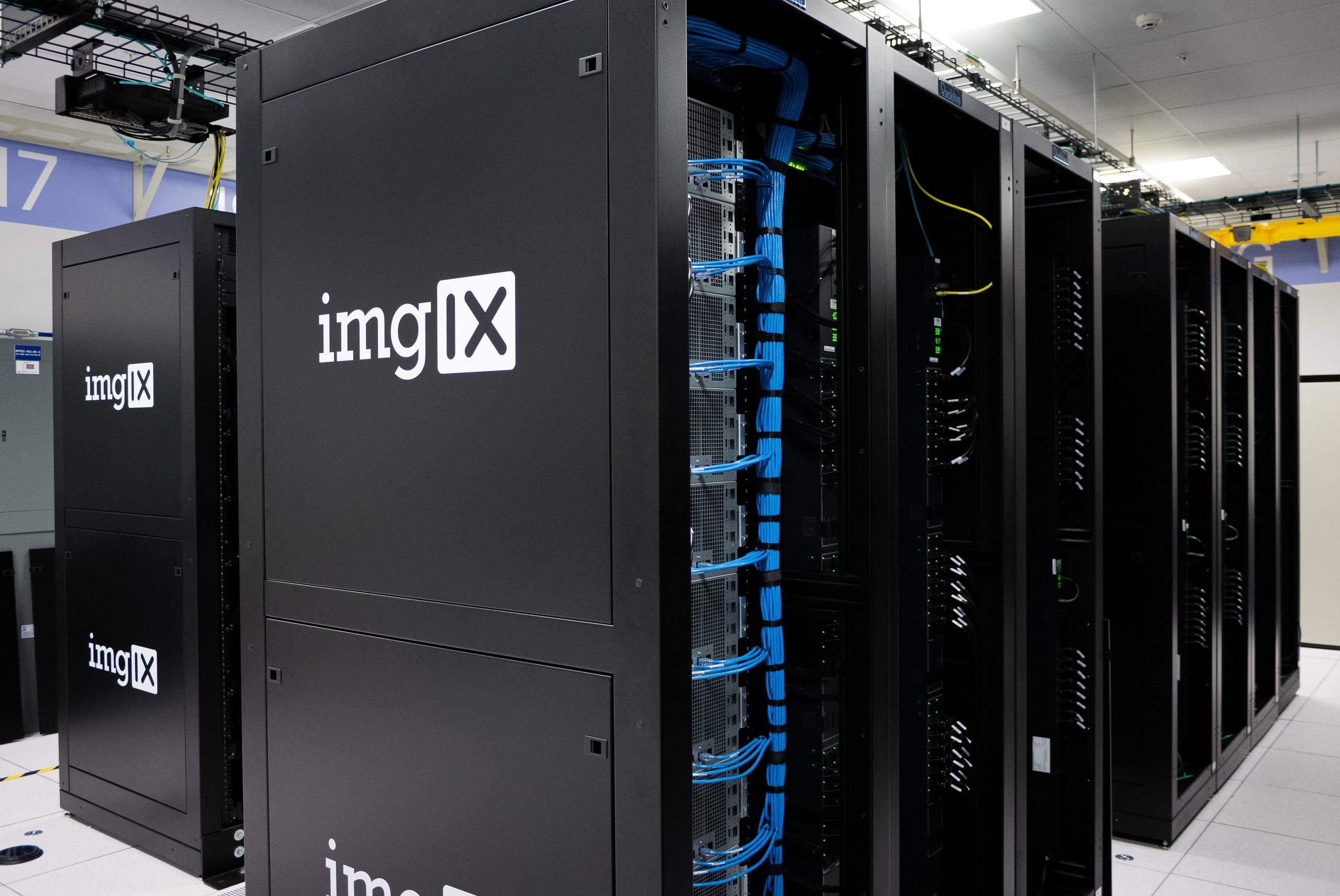
What is Direct Free Cooling and what are its real advantages?
The sector of cooling systems for data centres, TLC rooms and industries in general has recently witnessed the advent of a revolutionary system which, according to many experts, will soon be destined to become a major player.
The system in question is called Free Cooling Diretto, and is an avant-garde, eco-sustainable solution that is as simple to explain and understand as it is advantageous from an energy and economic point of view.
The paradox that causes environmental pollution and burdens company budgets...
Let’s take a quick look at the current state of the art. Companies that need an air conditioning system to keep their technical rooms cool use chillers and refrigeration compressors and therefore a huge amount of electricity.
It goes without saying that this large consumption of energy rhymes with pollution. And that’s not all; because in addition to a problem closely linked to the environment, we should not forget the considerable economic outlay that companies are forced to enter under “costs”.
There is also a paradox to be highlighted: is it really so indispensable to cool specific rooms all year round, including during the winter season, when the temperature is already quite rigid?
What does Direct Free Cooling consist of and how does it work?
The answer you are probably giving yourself to the above question is “Yes, that would make a lot of sense”.
Without even realising it, you are entering the world of Direct Free Cooling!
Direct Free Cooling consists of introducing a quantity of filtered air from outside, with a lower temperature, into a room containing servers or any heat dissipating equipment. At the same time, the internal heat is dissipated and expelled from the room, replaced by the same amount of fresh air.
In a nutshell, outside air with a lower temperature replaces warm indoor air.
This is the smartest and least expensive way to cool rooms, and it is easy to see how it can have a positive effect on cost savings, especially for those who are currently using traditional cooling systems to treat outside air.
By only using air from outside, there are no additional expenses due to the use of systems that consume electricity.
Examples of use and further strengths.
In addition to the aforementioned data centres, TLC rooms and data centres in general, there are other cases where this solution is being successfully implemented.
In many shopping centres, for example, in order to guarantee a constantly cool temperature for a large number of guests and for a large number of hours, solutions using free cooling are beginning to be implemented.
In addition to being environmentally friendly, direct free cooling is extremely low maintenance, and the system itself manages the heat exchanger’s activity according to the outside air temperature.
What’s more, it does not cause any problems for indoor resources (which can occur with other air conditioning systems).
Although this technology can also be used in the private sector, it is certainly in the industrial sector that Free Cooling can unleash its full potential.
When you get stuck on innovation...
As mentioned above, reducing energy costs significantly, avoiding wasting huge amounts of polluting energy and giving your company a green image are factors of considerable importance.
So what is stopping companies from ‘converting’?
To tell the truth, there is already a big shift towards this type of solution, but there are some concerns that can sometimes hold back the migration process.
One of the objections that stops and intimidates is that related to the timing and modalities of the takeover of this technology and the replacement of the current one.
In reality, this is a false problem as Free Cooling can easily be applied to existing traditional cooling systems, in just a few days and without any type of criticality in terms of safety or continuation of work.
From now on, therefore, we will hear more and more about this great innovation in the sector. As with all changes that lead to improvements in a particular field, it will only be a matter of time before they spread like wildfire.

